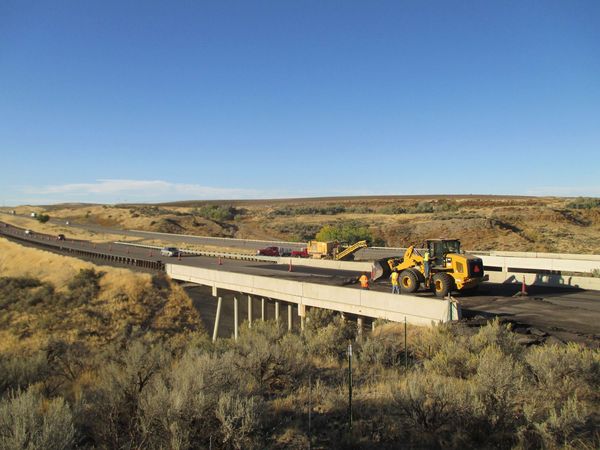Shear Resistance of Paving and Waterproofing Systems

Waterproofing systems installed on bridge decks, elevated parking decks, and similar structures often have paving systems over them to protect the waterproofing and to provide a surface suitable for vehicular traffic. Vehicular loads are transmitted through the paving system to the structural system below. Shear loads are generated by vehicles braking, accelerating, and turning and must be transferred from the paving system to the waterproofing system and from there to the structural deck. These shear loads are particularly significant on structures such as highway bridges where heavy traffic is expected. Hot mix asphaltic concrete (HMAC) paving systems rely on adhesion to the top surface of the waterproofing to resist shear forces; the waterproofing must also be adhered to the structural deck. Failures of HMAC paving systems on structures such as parking decks and bridge decks have occurred due to lack of adhesion. Improving the shear resistance of paving systems to their substrates will make them less vulnerable to damage and distress. Many variables, such as surface roughness and use of various tack coats and primers, can affect the adhesion of paving to waterproofing and of waterproofing to the structural deck. Also, with the increased use of liquid spray-applied membranes on highway bridge decks, some state transportation departments have been looking for more data to demonstrate the adhesion of the paving to these types of membranes. These issues highlight the need for simple and reliable test methods to evaluate adhesion and shear resistance of paving and waterproofing systems to allow comparison of different systems. This paper will introduce a new test method that the authors have developed for evaluating the shear resistance of paving and waterproofing systems. This test method was developed for HMAC paving systems on waterproofing membranes on concrete bridge decks but is adaptable to other applications with similar shear loading concerns.
Publisher
Bridge Preservation LLC